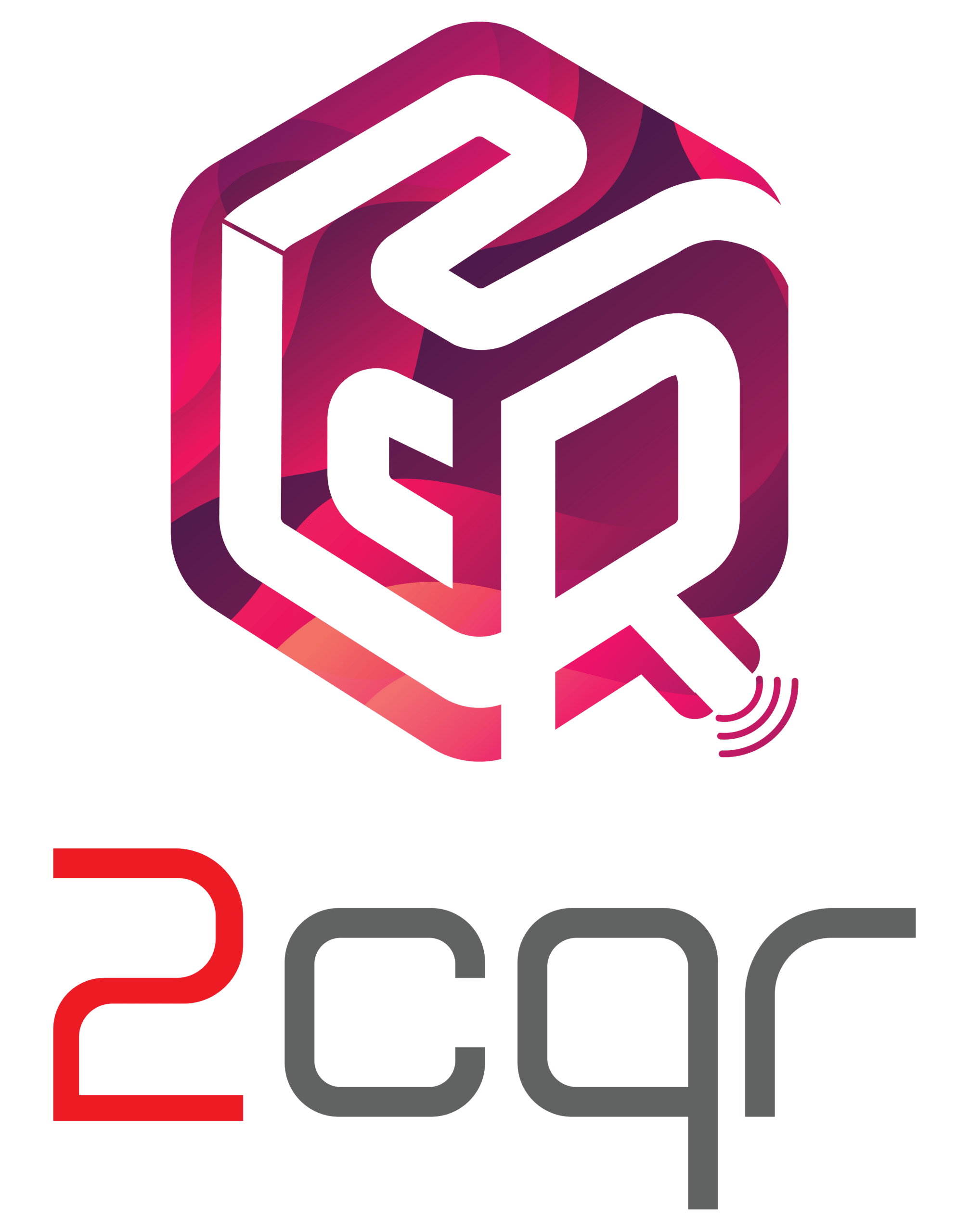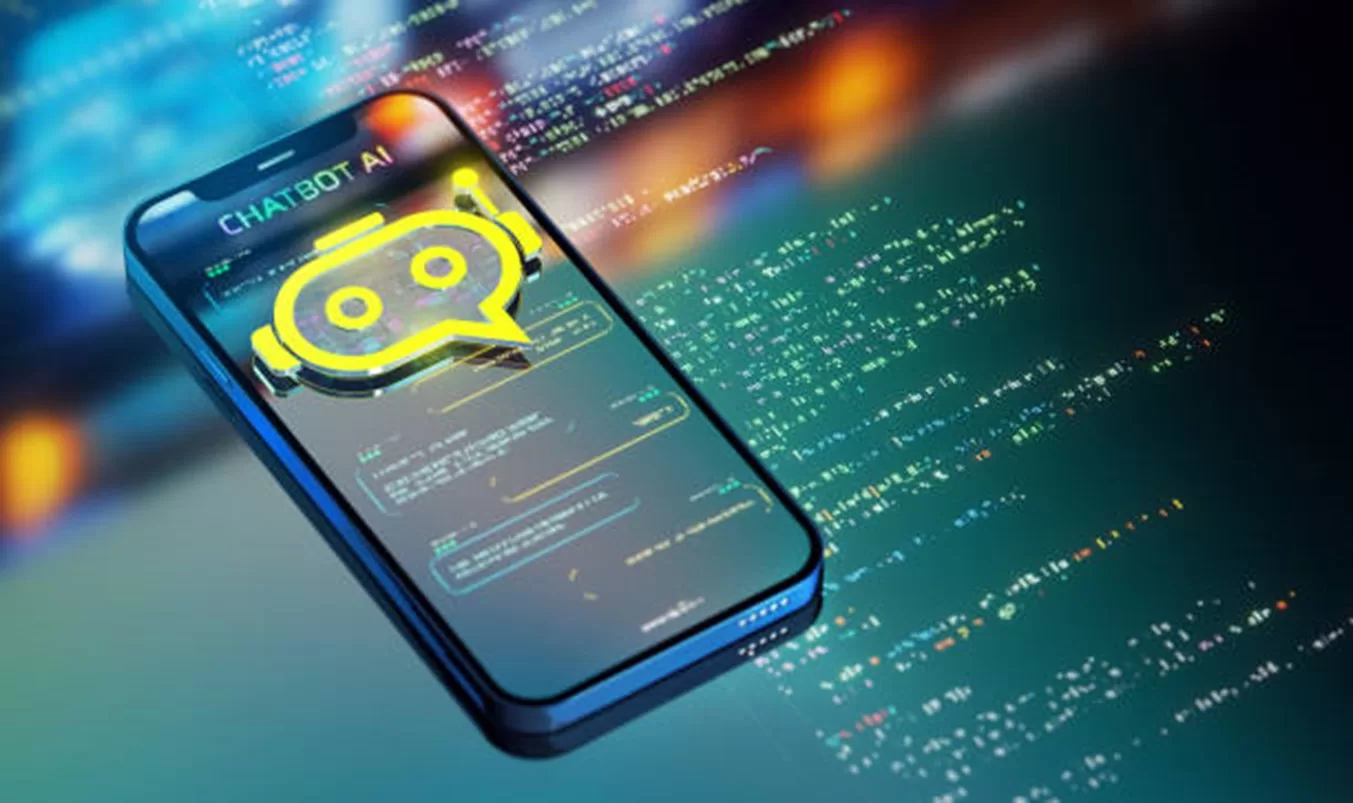Welcome to the world of Chatbot Applications in Libraries. From understanding the fundamentals of chatbots to delving into their seamless integration into library systems, discover how these artificial intelligence applications are enhancing accessibility, providing user assistance, and fostering continuous improvement in libraries.
What is a Chatbot?
A chatbot is a computer program designed to simulate conversation with human users, especially over the internet. These artificial intelligence (AI) applications are programmed to understand and respond to user queries in a conversational manner. They can be integrated into various platforms, including websites, messaging apps, and other digital interfaces.
How do Chatbots Work?
Chatbots use Natural Language Processing (NLP) and Machine Learning (ML) algorithms to comprehend and generate human-like responses. NLP enables chatbots to understand and interpret user inputs, while ML allows them to learn from data and improve their responses over time.

How Chatbots can be integrated into Libraries?
Chatbots can be integrated into a library as software applications, typically accessible through a website, mobile app, or other digital interfaces. The integration involves incorporating the chatbot technology into the library's existing digital infrastructure. This can be achieved through:
-
Website Integration :
Embedding the chatbot directly on the library's website, allowing users to access it while navigating the online catalogue or seeking information.
-
Mobile App Integration :
If the library has a mobile app, the chatbot functionality can be integrated into the app, providing users with a seamless conversational interface.
-
Messaging Apps :
Some libraries choose to integrate chatbots into popular messaging platforms like Facebook Messenger or WhatsApp, enabling users to interact with the library through familiar channels.
-
Dedicated Chatbot Platforms :
Using dedicated chatbot development platforms or frameworks to create a standalone chatbot application that users can access through various channels.
-
API Integration :
Integrating the chatbot with the library's existing systems and databases using Application Programming Interfaces (APIs). This allows the chatbot to fetch real-time data and provide accurate information.
Potential Applications of Chatbots in Library
1. User Assistance:
Information Retrieval : Chatbots can be employed to assist users in navigating the library's extensive collection. By querying/ Chatting with the chatbot, users can receive accurate and up-to-date information on the availability and precise location of specific books, research materials or resources within the library.
Reference Queries : Chatbots can be used as reliable source for answering a wide range of frequent user inquiries, Users can ask chatbots general questions about library services, policies, and hours, receiving prompt and helpful responses.
2. Library Catalogue Interaction :
Search and Recommendations : Leveraging natural language processing, chatbots can facilitate effective searches within the library catalogue. Furthermore, they have the capability to offer personalized recommendations, enhancing the overall user experience. Users can simply engage with the chatbot by typing their queries or stating preferences, such as specific book genres or topics of interest, to receive tailored search results and personalized recommendations within the library catalogue.
3. Library Services :
Renewals and Reservations : Users can renew borrowed items or reserve resources through the chatbot interface by engaging in a conversation with the chatbot. The chatbot is designed to understand and process user requests related to renewals or reservations. Users may initiate the process by expressing their intent, such as stating the desire to renew a borrowed item or reserve a specific resource. The chatbot, in response, guides users through the necessary steps, collects relevant information, and ensures that the administrative tasks are efficiently carried out, contributing to improved user convenience.
Event Information : Chatbots serve as informative companions, they can used to inform users about upcoming library events, workshops, and programs, promoting engagement and participation.
4. Technical Support :
E-resource Access : When it comes to electronic resources and databases, Chatbots facilitate smooth access to electronic resources, databases, and online catalogues by providing step-by-step guidance to users. Through interactive conversations, chatbots can offer instructions, share relevant links, and address queries, ensuring that users navigate the digital resources with ease and efficiency.
Troubleshooting : In instances of technical issues, users can turn to chatbots for step-by-step assistance, providing a valuable support system for resolving common problems.
5. Library Equipment Management :
Availability Checking : Chatbots can provide real-time availability information for a variety of library equipment, including laptops, projectors, audio-visual devices, study rooms, and other resources. Users can inquire about the current status and schedule of these items, allowing them to plan their visits to the library more effectively based on the availability of the desired equipment.
Booking and Reservations : Through chatbot interactions, users can efficiently book or reserve library equipment/ resource, minimizing conflicts and ensuring optimal utilization of resources.
6. Educational Support :
Research Assistance : Users can turn to chatbots for assistance in framing effective research questions and receive guidance on which resources within the library collection are most relevant to their research topics. Essentially, chatbots act as helpful companions in the research process, aiding users in navigating the wealth of information available in the library for their academic or scholarly endeavours.
Citation Guidance : Chatbots can extend their support beyond basic inquiries and assist users with academic writing-related tasks. Specifically, users can seek guidance from chatbots on the correct formats for citing sources, understanding referencing styles, and addressing other questions related to academic writing. This feature is particularly helpful for students and researchers looking to ensure the accuracy and compliance of their citations in academic or research papers.
7. Accessibility :
Multilingual Support : Chatbots can be designed to communicate in multiple languages. This multilingual support allows chatbots to cater to a diverse audience, including users who speak different languages.
Accessibility Features : When developing chatbot interfaces, considerations can be made to include accessibility features. These features may include compatibility with screen readers, which assist users with visual impairments, and keyboard navigation options, making the chatbot accessible to individuals who may have difficulty using a mouse or touchscreen. By incorporating such features, chatbot developers ensure that users with disabilities have an inclusive and user-friendly experience.
8. User Engagement and Feedback :
Surveys : Chatbots can play a proactive role in engaging users by conducting satisfaction surveys. These surveys are designed to collect feedback from users about their experiences with library services. By gathering this valuable input, libraries can initiate an iterative process of continuous improvement. The feedback obtained from users through chatbot-administered surveys serves as a valuable resource for identifying areas that may need enhancement, addressing user concerns, and ultimately enhancing the overall quality of library services based on real user perspectives.
Notifications : Users can opt to receive automated notifications from chatbots, staying informed about new acquisitions, promotions, and changes in library policies.
9.Integration with Existing Systems :
Library Management Systems : Chatbots are capable of smoothly integrating with existing library management systems. Library management systems are software applications that help libraries manage their resources, catalogue, and user accounts. When chatbots seamlessly integrate with these systems, they gain access to real-time information. This integration enables chatbots to provide users with quick and efficient responses related to resource availability, user account details, and other relevant information.
10. Security and Privacy :
User Authentication : Chatbots incorporate secure user authentication processes. User authentication is a security measure that verifies the identity of users before granting them access to certain features, information, or services. By implementing robust authentication procedures, chatbots contribute to safeguarding sensitive user information. This ensures that only authorized individuals can access specific functionalities, protecting user privacy.
11. Continuous Improvement :
Learning and Adaptation : Chatbots improve through continual learning via machine learning algorithms, adapting from user interactions. This adaptive learning enhances their ability to respond effectively, fostering an evolving and improved user experience. The iterative process allows chatbots to refine responses over time, contributing to heightened user satisfaction and interaction quality.

